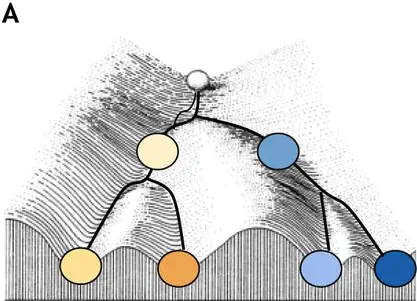Concepts and limitations for learning developmental trajectories from single cell genomics
 Trajectory inference enables the study of dynamical biological processes from cross-sectional snapshot data.
Trajectory inference enables the study of dynamical biological processes from cross-sectional snapshot data.Abstract
Single cell genomics has become a popular approach to uncover the cellular heterogeneity of progenitor and terminally differentiated cell types with great precision. This approach can also delineate lineage hierarchies and identify molecular programmes of cell-fate acquisition and segregation. Nowadays, tens of thousands of cells are routinely sequenced in single cell-based methods and even more are expected to be analysed in the future. However, interpretation of the resulting data is challenging and requires computational models at multiple levels of abstraction. In contrast to other applications of single cell sequencing, where clustering approaches dominate, developmental systems are generally modelled using continuous structures, trajectories and trees. These trajectory models carry the promise of elucidating mechanisms of development, disease and stimulation response at very high molecular resolution. However, their reliable analysis and biological interpretation requires an understanding of their underlying assumptions and limitations. Here, we review the basic concepts of such computational approaches and discuss the characteristics of developmental processes that can be learnt from trajectory models.